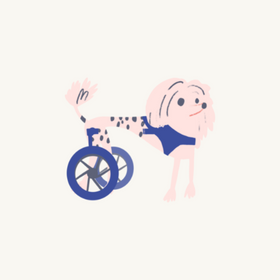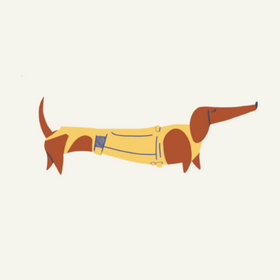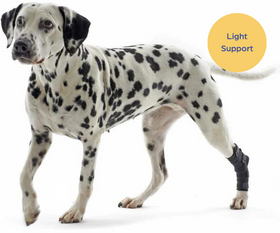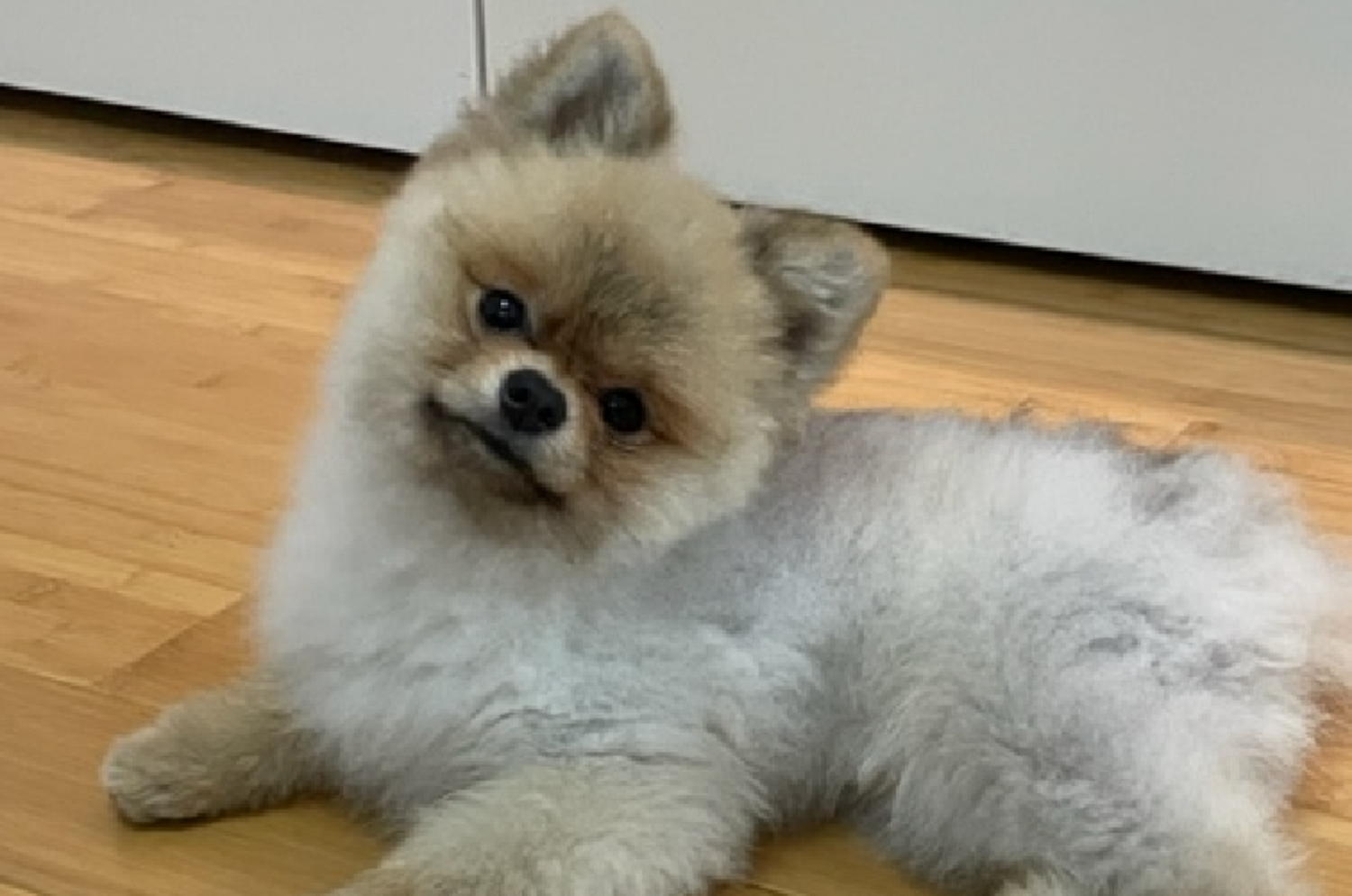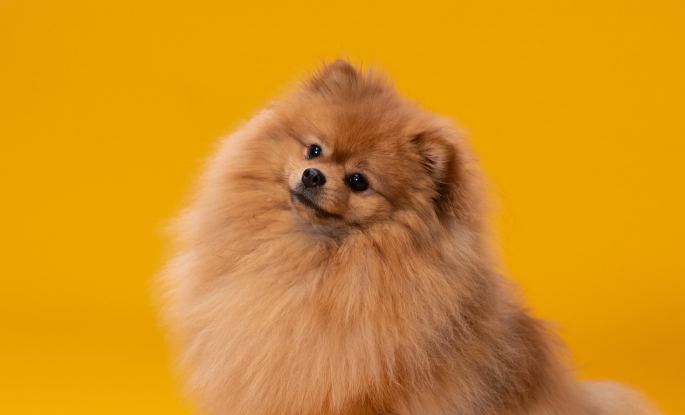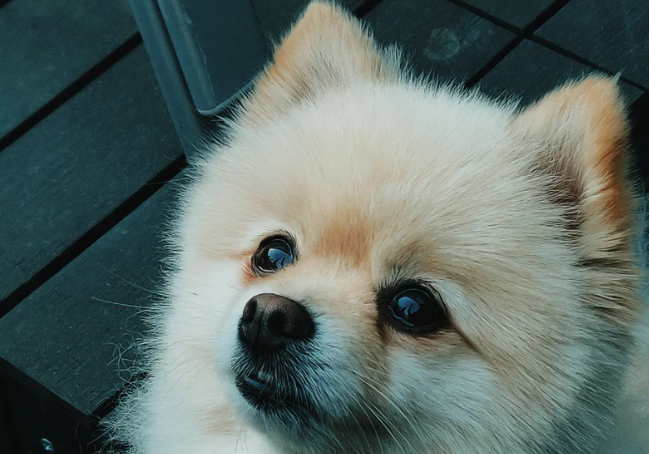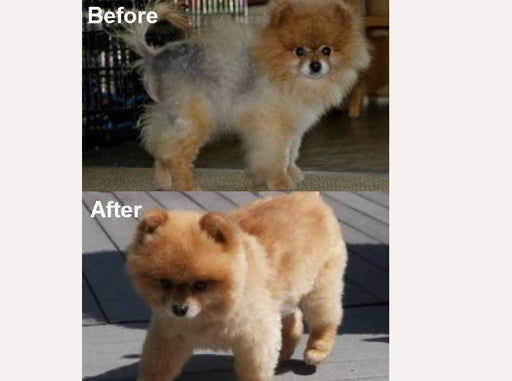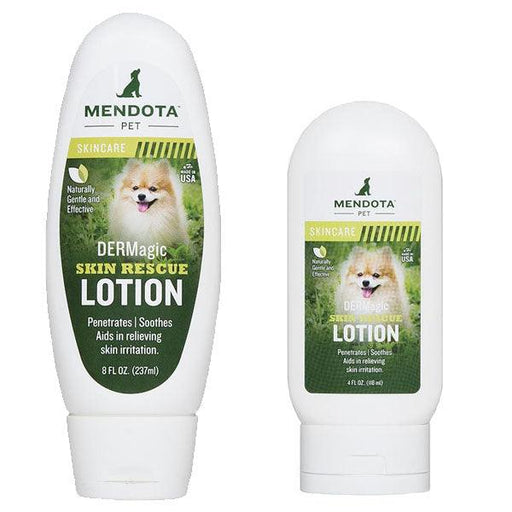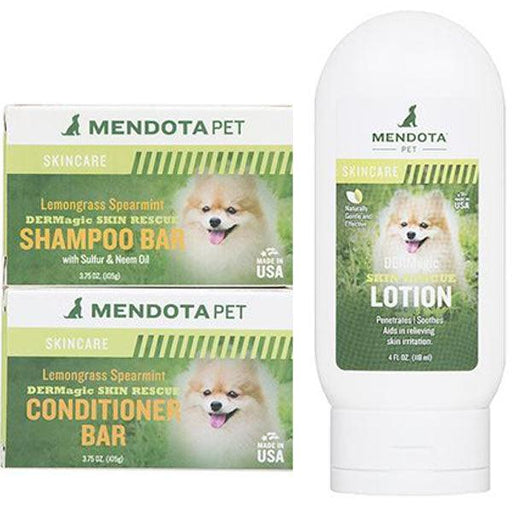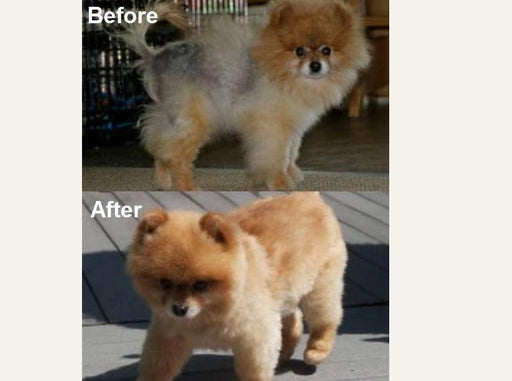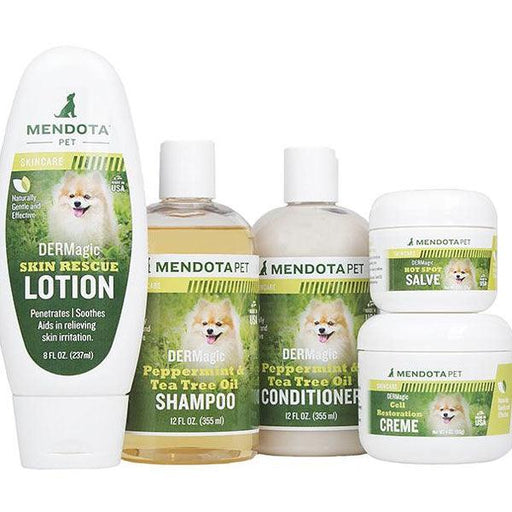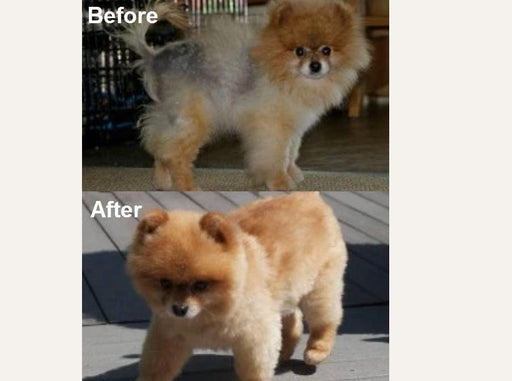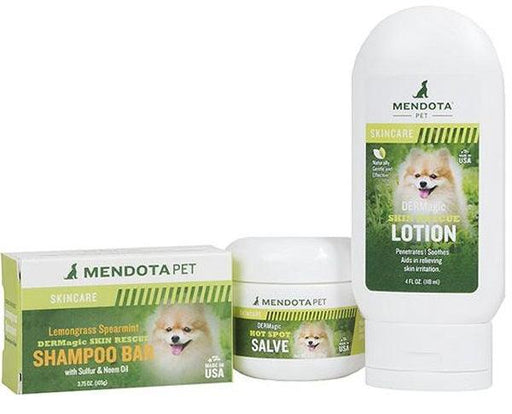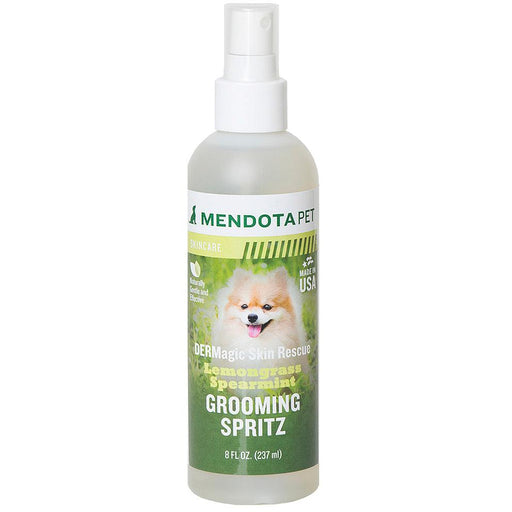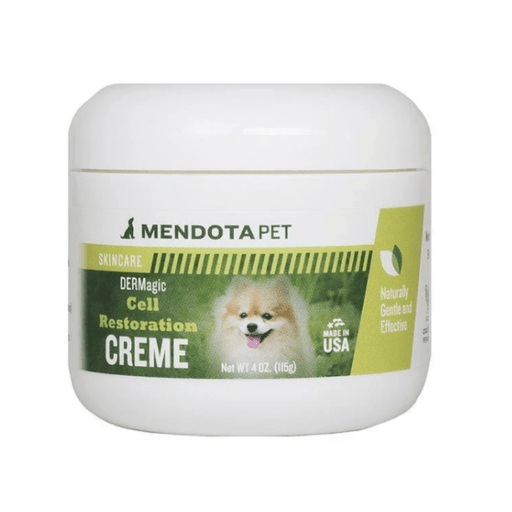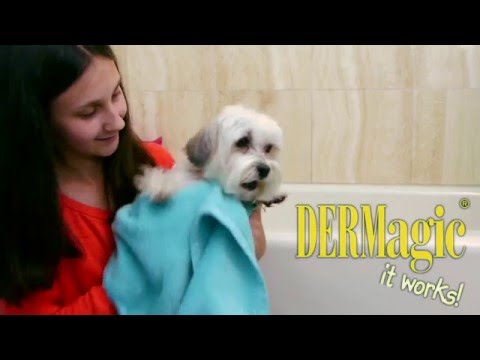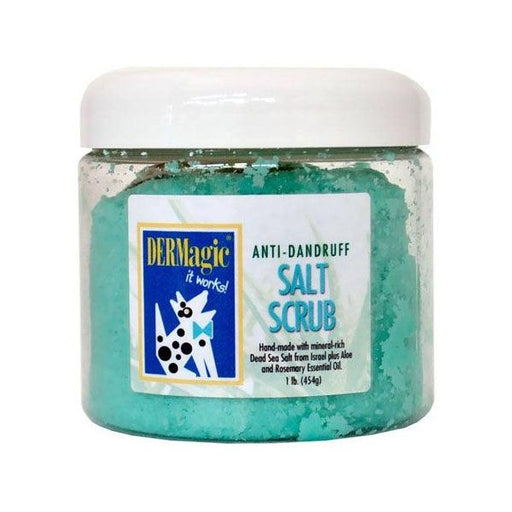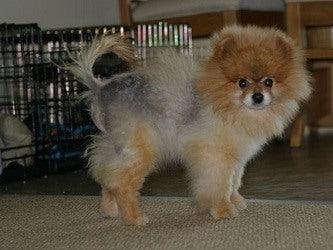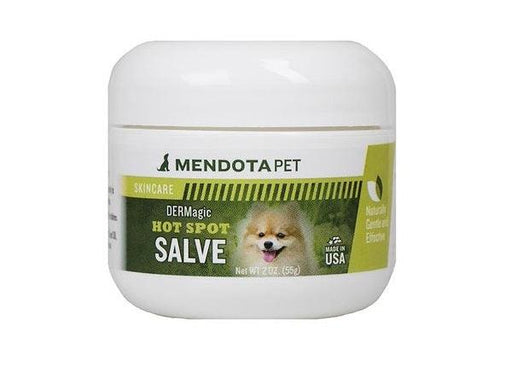Your dog will lose their long guard hairs first. Usually there’ll be a gradual thinning of the hair on the back of their hind legs, and under the tail. Hair loss will also occur along their back, on their stomach, and around their genitals. Eventually, the skin becomes bald.
Although some vets characterise Alopecia X as a ‘cosmetic’ condition, because it doesn’t cause pain or irritation, when a dog loses their coat as protection it means their skin is now vulnerable to the environment. They can get frostbite, sunburn, chills or infection.
You may find that your dog doesn’t smell like their normal self. Instead there can be a strong, unpleasant odour.
This condition is known by other names, such as adrenal sex hormone imbalance, woolly syndrome, coat funk, pseudo-cushings, hair cycle arrest (HCA), follicular growth dysfunction of plush coated breeds.
Although it can occur in any breed, Alopecia X is most commonly seen in Pomeranians, Chow Chows, Alaskan Malamutes, Siberian Huskies, Elkhounds, Toy Poodles and Miniature Poodles.
It’s a non-inflammatory hair loss skin condition.

